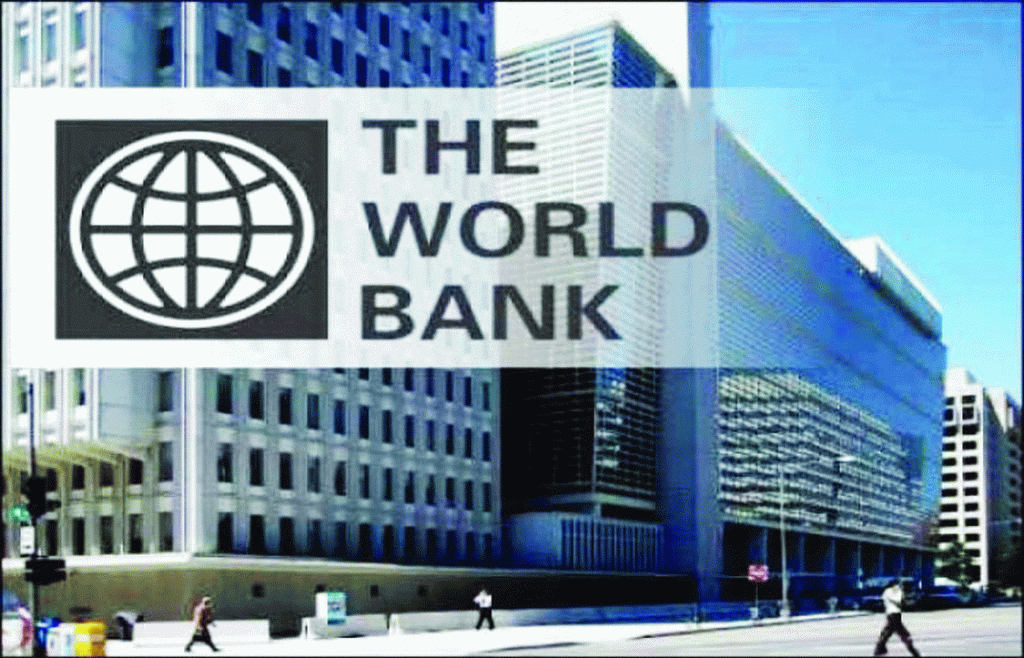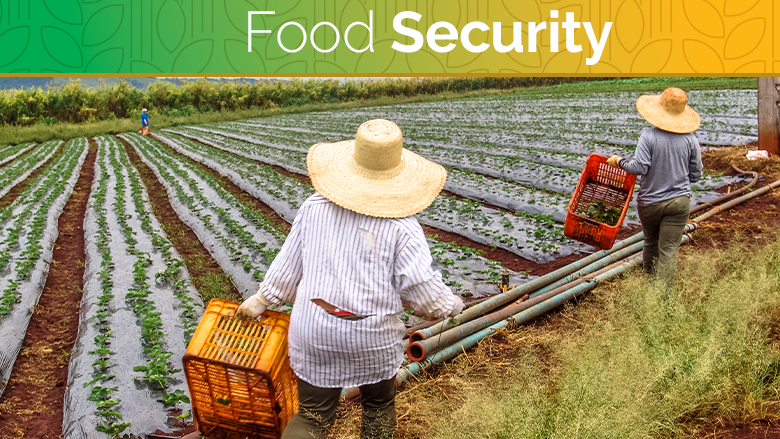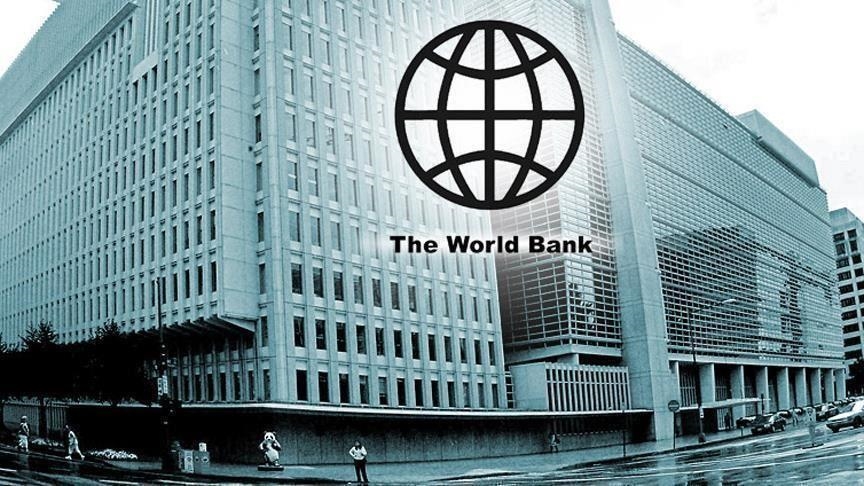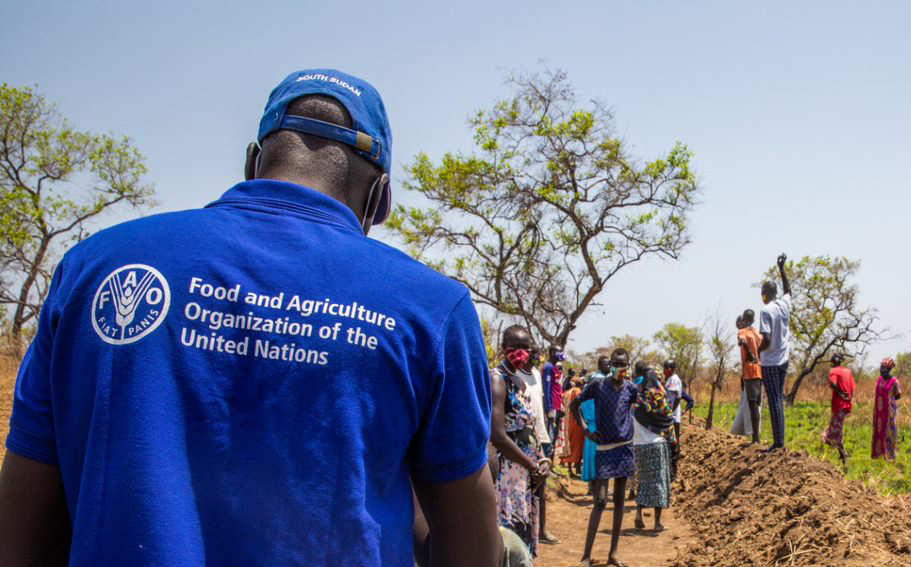
- World Bank: Food Inflation Hits, Supply Chains Falter
A recent World Bank study reveals that high food inflation, exceeding 5 percent, continues to impact a significant majority of low- and lower-middle-income countries, affecting 76.5 percent and 54.5 percent of them respectively, despite some shifts since the May 16, 2025 update.
 The study indicates that food price inflation outpaced overall inflation in 60 percent of the 161 countries with available data.
The study indicates that food price inflation outpaced overall inflation in 60 percent of the 161 countries with available data.
Agricultural and cereal price indices both closed 1 percent lower, while the export price index remained unchanged.
Maize and rice prices closed 4 percent and 1 percent lower, respectively, with wheat prices closing 3 percent higher.
Annually, maize, wheat, and rice prices are down 2 percent, 20 percent, and 31 percent, respectively.
 Notably, maize prices are 13 percent higher and rice prices 2 percent higher than in January 2020, though wheat prices are 4 percent lower.
Notably, maize prices are 13 percent higher and rice prices 2 percent higher than in January 2020, though wheat prices are 4 percent lower.
The World Bank cited the June 2025 AMIS Market Monitor, reporting that global markets for wheat, maize, rice, and soybeans remain broadly stable, with no major near-term supply disruptions expected.
 Stock levels are generally adequate, and trade flows continue smoothly, though regional crop conditions are mixed and weather-related risks are increasing.
Stock levels are generally adequate, and trade flows continue smoothly, though regional crop conditions are mixed and weather-related risks are increasing.
The Food Price Index of the Food and Agriculture Organization (FAO) of the United Nations (UN) declined for the second consecutive month, driven by significant drops in cereal and vegetable oil prices.
The World Bank attributed the decline in wheat prices to strong harvests in the Black Sea region and large exports from Russia.
 Maize and rice prices also saw declines, supported by good crop progress and reduced export restrictions.
Maize and rice prices also saw declines, supported by good crop progress and reduced export restrictions.
While conflict and extreme weather are widely recognized drivers of hunger, a World Bank report highlights transportation inefficiency as another persistent cause in Africa.
The report noted that food supply chains across Africa are “long, fragmented, and vulnerable to delays, breakdowns, and waste.”
 Perishable goods, on average, travel 4,000 kilometers over 23 days—four times longer than in Europe, resulting in over one-third of perishable food being lost before reaching consumers.
Perishable goods, on average, travel 4,000 kilometers over 23 days—four times longer than in Europe, resulting in over one-third of perishable food being lost before reaching consumers.
Furthermore, a report by the International Food Policy Research Institute(IFPRI) reveals that food systems remain overly exposed to disruptions, ranging from climate extremes to conflict and economic stress.








